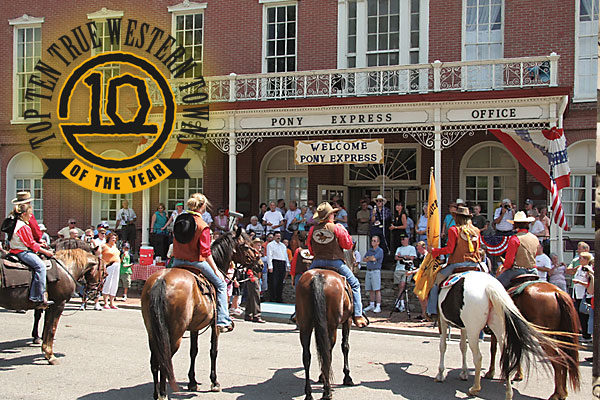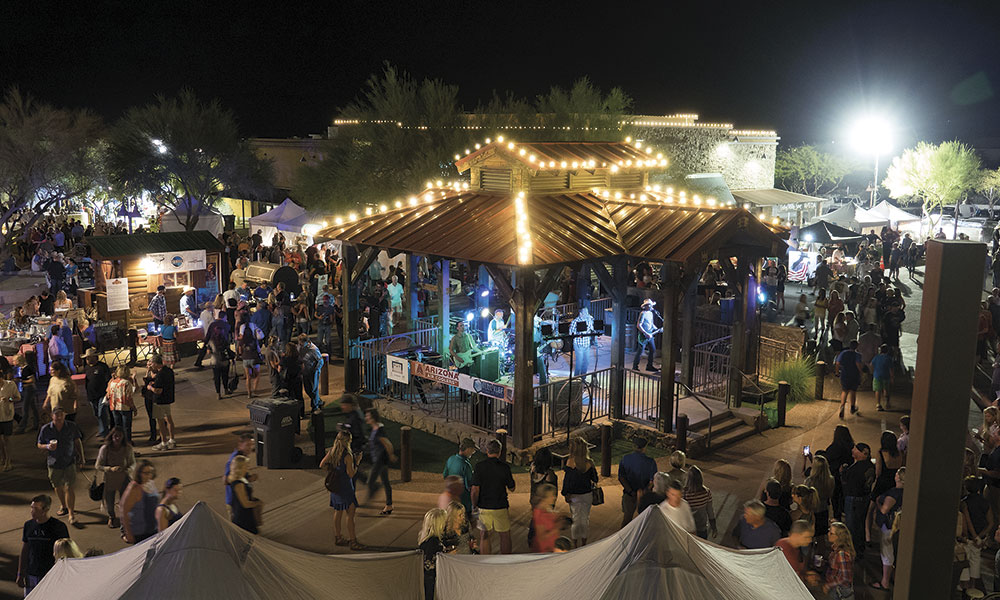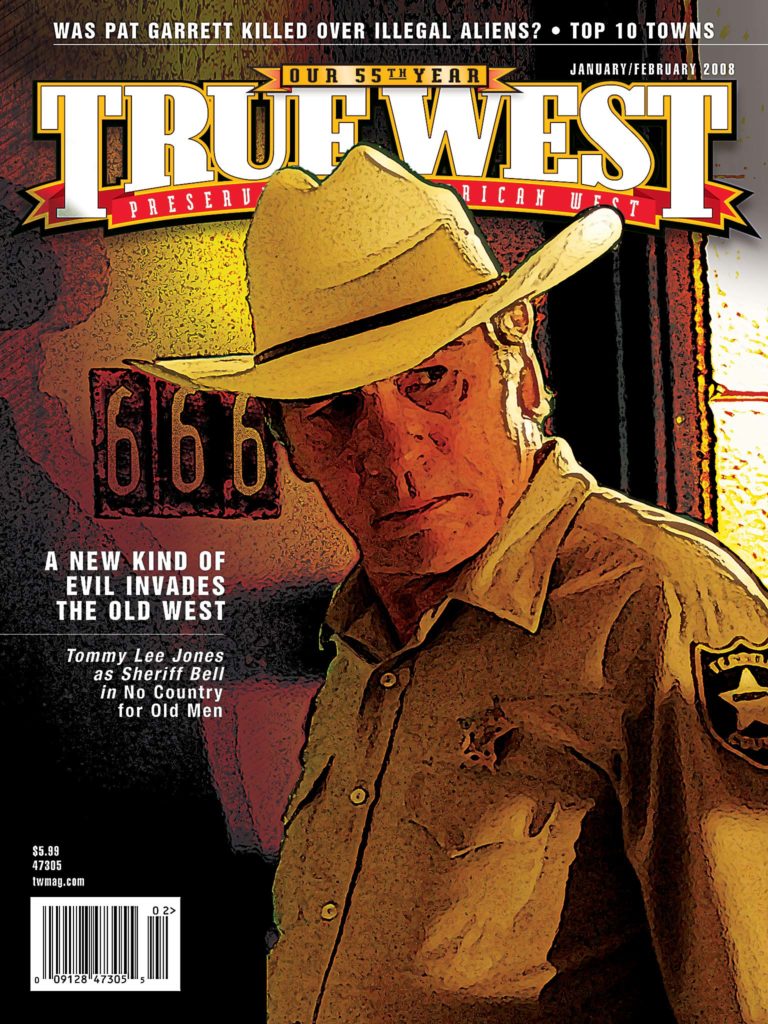2. DEADWOOD, SD
Al Swearengen didn’t play fair.
Now that’s not just the depiction of the man on HBO’s late, lamented Deadwood. Nope. The real McCoy was a real piece of work too. Al tricked Eastern women into coming West by promising them jobs and/or husbands—and when they arrived, he forced them to become prostitutes. He and the boys beat the women to keep them in line. He tossed some out when they lost their charms.
That doesn’t even touch on his other swindles and shady activities.
Al did not play fair.
It can be argued that the modern Deadwood has taken a similar approach to historic preservation and tourism.
Back in 1989, the city legalized gambling, with gaming tax revenues going toward protecting the area’s historic resources and enticing folks to visit. It’s a unique strategy that puts Deadwood head and shoulders above practically any Western town you can imagine, at least in terms of financial commitment to preservation and promotion. Last year, the money totaled more than $2.8 million. And well over a million souls came to the town of Bullock and Wild Bill Hickok and Calamity Jane—which has a population of just 1,400. Those are not typos.
The Historic Preservation Commission projects range from the mundane to the magnificent. Old buildings (and streets and retaining walls) need regular maintenance. Work has been done recently on City Hall, the library, the Visitor/Interpretive Center (housed in a restored 1897 train station), city steps and replica historic streetlights. Funds also support the Adams House and the Adams Museum, and the Days of ’76 Museum, which all have some of the best collections of artifacts from Deadwood’s past. Other funds are used to support local events, like the Days of ’76 Rodeo.
Then there’s the $200,000 that bought a collection of Wild Bill items in 2006—the gun the lawman was reportedly wearing when he was gunned down in 1876, letters between Hickok and his family, and original photos of the hanging of his killer Jack McCall. The collection was exhibited this past year to rave reviews.
And a lot of money—more than $500,000—is spent on selling the city to outsiders. That may seem like a lot, but think about it. More people come to Deadwood, they spend more money, including at the gaming halls. And that’s more money for preservation and renovation. It’s tossing good money after good, so to speak. Mr. Swearengen himself would have to respect that logic.
By its history alone, Deadwood is a Top Western Town. But when you toss in the ingenuity and commitment to preservation, well, you’ve got something special.
Because Deadwood doesn’t play fair.





